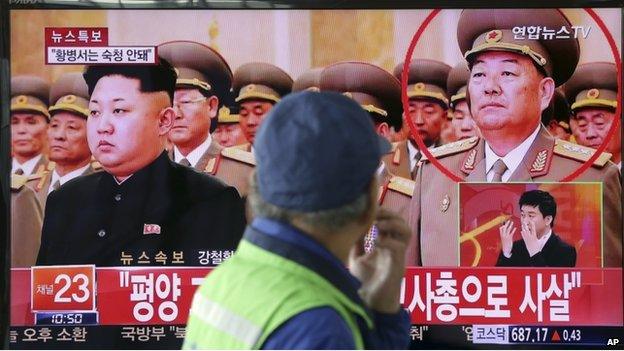North Korea: What should we make of latest 'execution'?
- Published
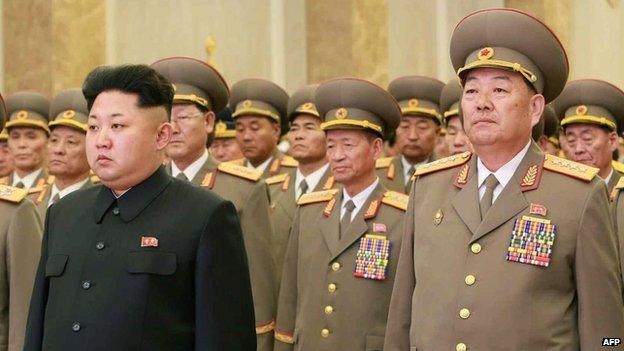
This photo, taken on 16 February 2015, shows Defence Minister Hyon Yong-chol (R) alongside Kim Jong-un
Information about what's really happening in North Korea should always be taken with a bucket of salt.
Inside the country, the regime is as secretive as any regime gets. And outside, many people from all sides have an interest in misstatements.
Intelligence agencies sometimes overstate threats; Pyongyang might overstate its own power; some defectors write their stories too strongly; Pyongyang's fellow travellers see no evil.
So what should we make of the reports that North Korean Defence Minister, Hyon Yong-chol, was purged and executed by anti-aircraft gunfire?
Three aspects of purging
The South Korean intelligence agency told the BBC that it believed that he had been stripped of power. On that there is a strong degree of certainty. They had information which made them believe he was no longer important.
But the method of purging - banishment or execution by whatever means - was its best analysis (implying, a lower level of certainty).
There are three different points to the assertion - that he's been purged, that he's been executed and that it was in a particularly vicious way. The National Intelligence Service (NIS) assesses each separately.
It may or may not have reliable sources - spies - inside the country with good access to information on who's suddenly disappeared. But it also relies on those who may not know the full facts, as well as on the analysis of photographs and broadcasts.
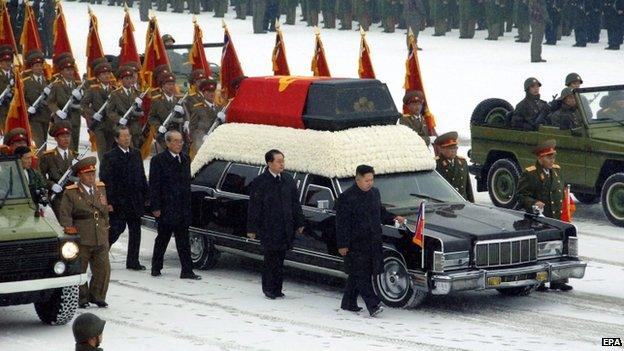
December 2011: Kim Jong-il's funeral
This last method can be very useful for determining who's in favour and who's been purged. A study of the pallbearers at the funeral of Kim Jong-un's father reveals who was powerful then and their later absence indicates a fall from power.
But this analysis can tell us nothing about how somebody disappeared from public view.
'Falsehood travels faster than truth'
When Kim Jong-un's uncle, Chang Song-thaek, was arrested, it was announced by the North Korean state media.
There were pictures of the arrest. Kim Jong-un wanted to make an example of the cost of disloyalty so it was made public.
But even that provided a lesson. It soon became "fact" on the internet that he had been stripped naked and thrown to a hundred ravenous dogs. This was false and the work of a Chinese blogger with a feverish imagination.
As the old saying goes: "Falsehood was halfway round the world before truth had got its shoes on."
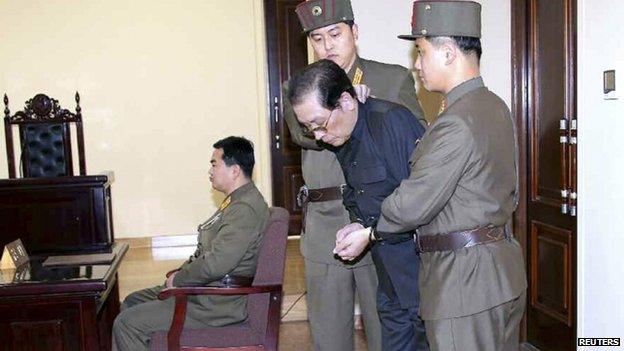
When Chang Song-thaek was arrested, pictures were released of him with his hands tied being taken into court

North Korea's purge
May 2015: Defence Minister Hyon Yong-chol executed for showing disloyalty to leader Kim Jong-un, reports say
December 2013: Kim Jong-un's uncle, Chang Song-thaek, executed after being purged for "acts of treachery", state media says
July 2012: Army chief Ri Yong-ho removed from all official posts "because of illness"
Of the seven pallbearers at former leader Kim Jong-il's 2011 funeral, apart from Kim Jong-un, all have either been executed, have lost their jobs or have not been seen in some time

The measured (likely) truth of the latest case is that Hyon Yong-chol has been purged.
The NIS has a good track record on this kind of assertion. It got it right, for example, when it said before it was announced by North Korea that the uncle, Chang Song-thaek, had been purged.
It's unlikely to have been so forthright in the new case if it wasn't pretty sure.
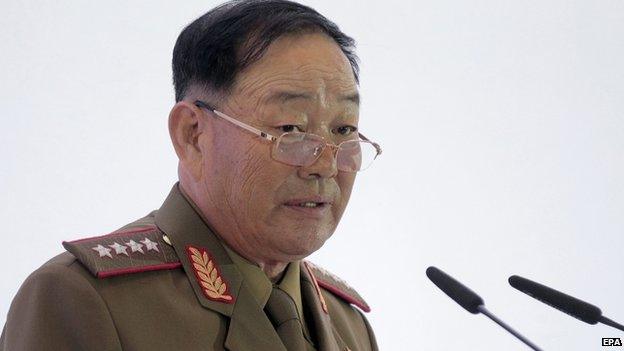
Hyon Yong-chol reportedly fell asleep during an event attended by Kim Jong-un
What it may not be so sure about is the method of purging. Aerial photographs recently published seemed to indicate the presence of anti-aircraft guns at a firing range for small arms and some outside observers concluded this was a new method of execution.
These pictures are open to interpretation so the usual caveats about salt and scepticism apply.
Information becomes misinformation
In the latest case, two plus two may make five. The route of information makes misinformation more likely: the NIS briefs lawmakers in private and some lawmakers then brief the press about the briefing.
This is obviously open to misunderstanding. A press eager for lurid headlines gets information from a politician who may or may not get every nuance and detail right.
Misinformation also comes from Pyongyang. Take the recent case of the pictures of the missile launched from a submarine. Some experts in the United States now detect photoshopping - "some of the imagery released by North Korea may have been altered," as one of the experts put it.
The best advice when reading powerful accounts about North Korea is to be sceptical. Remember the caveats.
That doesn't mean that everything should be dismissed: there is no doubt that North Korea does purge senior people without notice; it is trying to develop nuclear weapons.
But on individual lurid accounts, keep the salt close by.
- Published13 May 2015
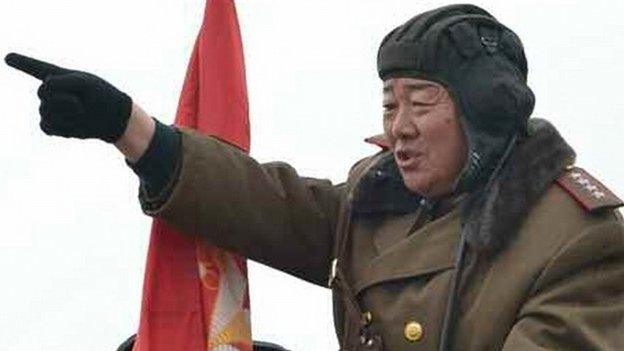
- Published13 May 2015

- Published13 May 2015
